Habitat restoration plays a crucial role in conserving biodiversity. Many insects, facing extinction, have found hope through these efforts. This article explores the stories of several insects saved by habitat restoration. These include the Monarch Butterfly, Rusty Patched Bumble Bee, and more. Each species has a unique journey of survival. Their stories highlight the importance of preserving natural habitats.
Monarch Butterfly
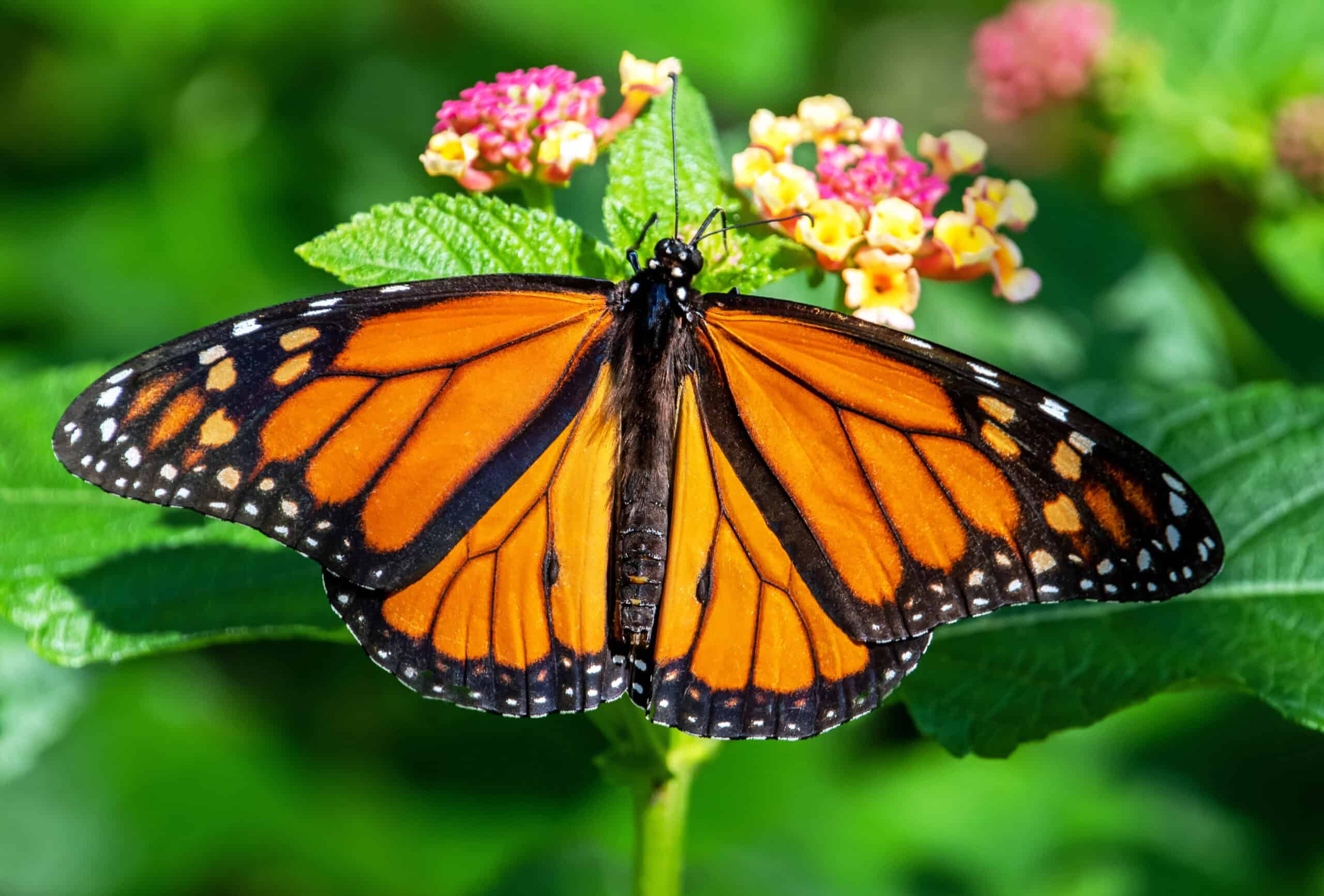
The Monarch Butterfly is famous for its vibrant orange wings with black and white spots. This butterfly undertakes an incredible migration from North America to Mexico. Habitat loss due to agriculture and urban development threatened its survival. Restoration efforts focused on planting milkweed, essential for their lifecycle. These initiatives helped increase their population, ensuring their spectacular migrations continue. Public awareness campaigns also played a vital role. People planted native flowers to support Monarchs. As a result, Monarch Butterflies have a fighting chance against extinction.
Rusty Patched Bumble Bee
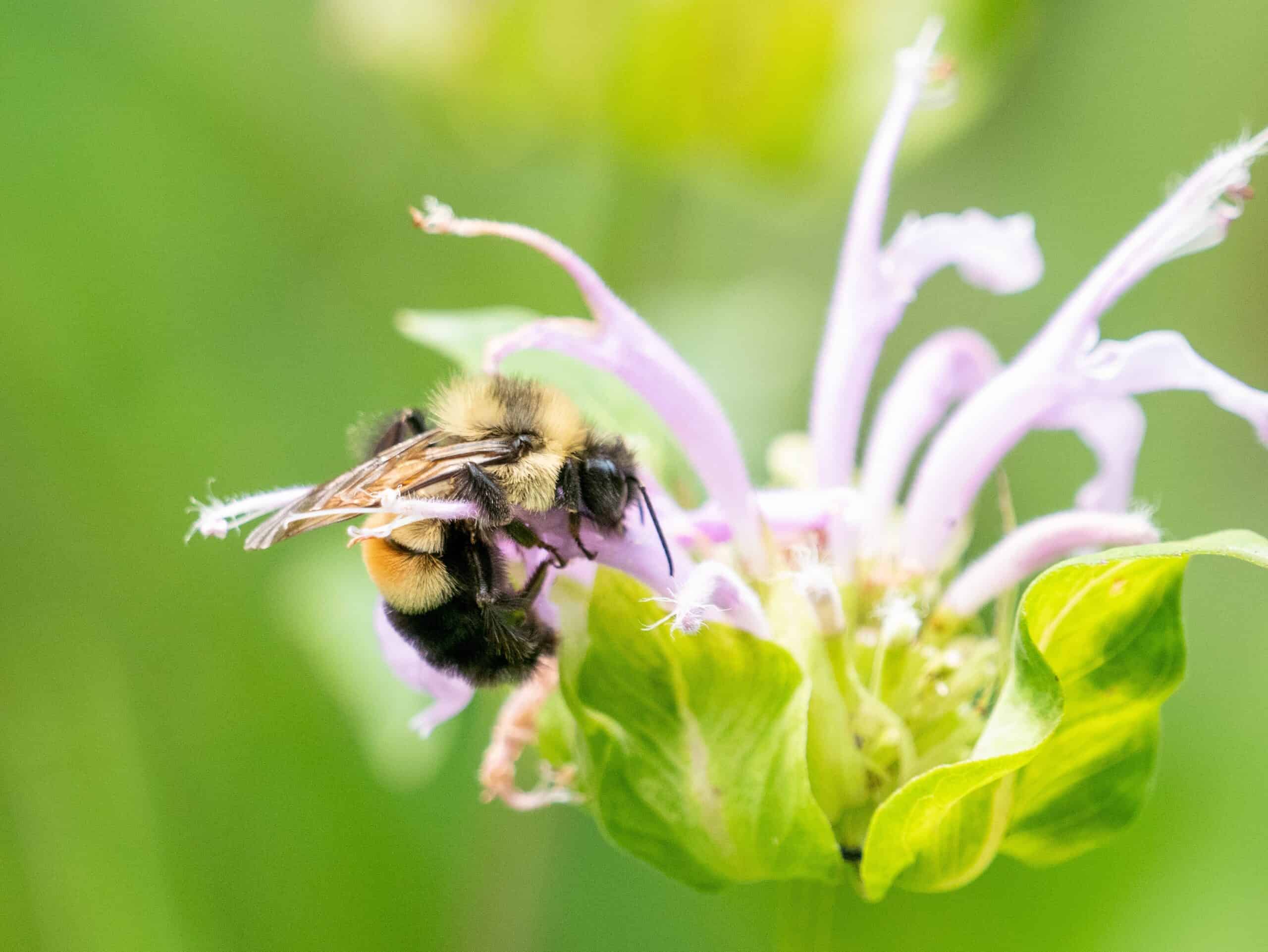
The Rusty Patched Bumble Bee is easily recognized by the small rust-colored patch on its back. This bee is critical for pollinating various crops and wildflowers. Habitat loss, disease, and pesticides drastically reduced its numbers. Restoration focused on creating pesticide-free zones and planting native flowers. Conservationists worked with farmers to create bee-friendly environments. Educational programs raised awareness about the bee’s plight. As a result, community involvement grew. The combined efforts have slowly helped the Rusty Patched Bumble Bee population recover.
Karner Blue Butterfly
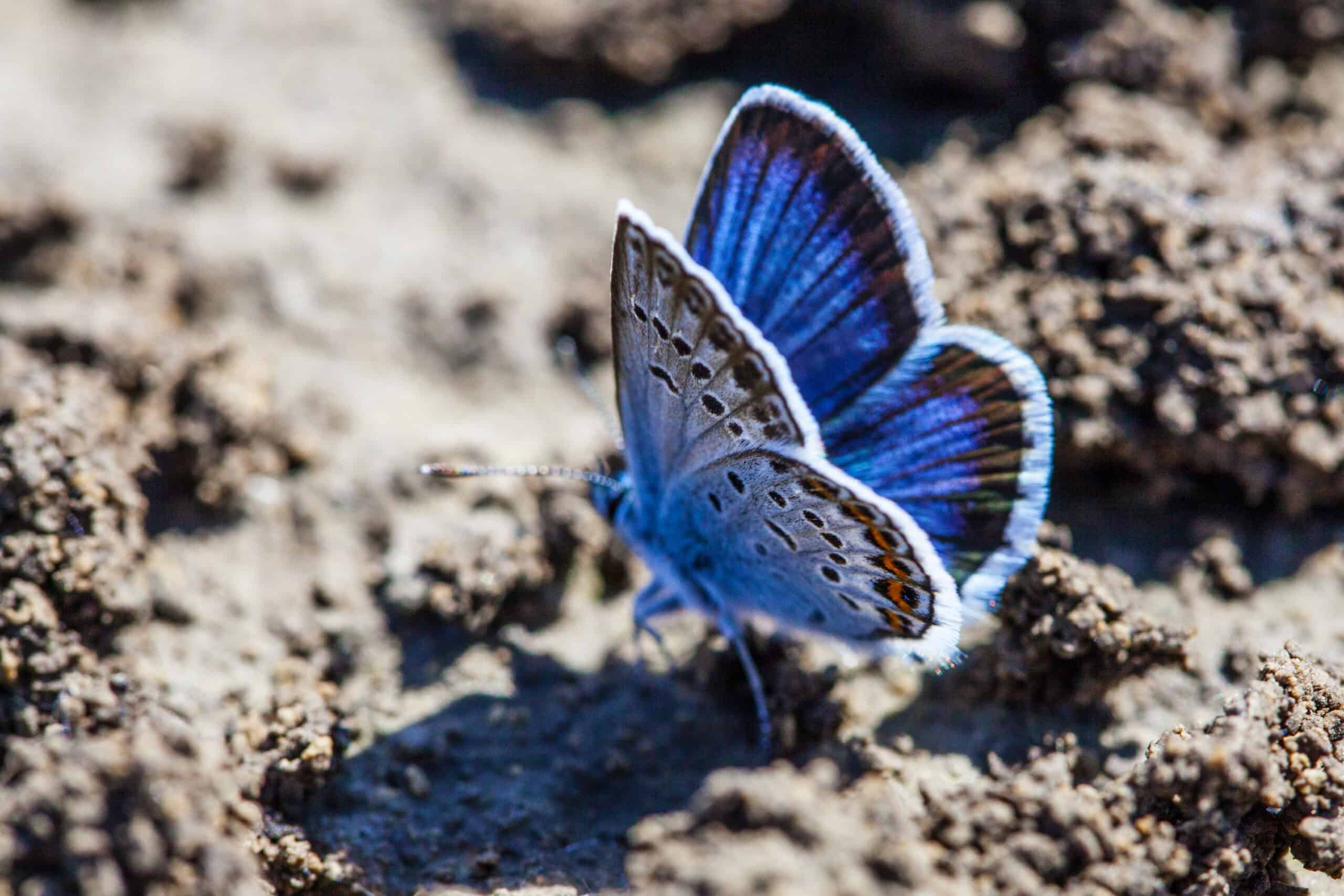
The Karner Blue Butterfly is small, with beautiful blue wings. It relies on wild lupine plants for its larvae. Habitat loss due to development led to its decline. Restoration projects aimed to replant wild lupine in its natural range. This provided essential breeding grounds for the butterfly. Controlled burns helped maintain the habitat. These burns encouraged the growth of wild lupine. Over time, the Karner Blue Butterfly populations began to stabilize.
Fender’s Blue Butterfly
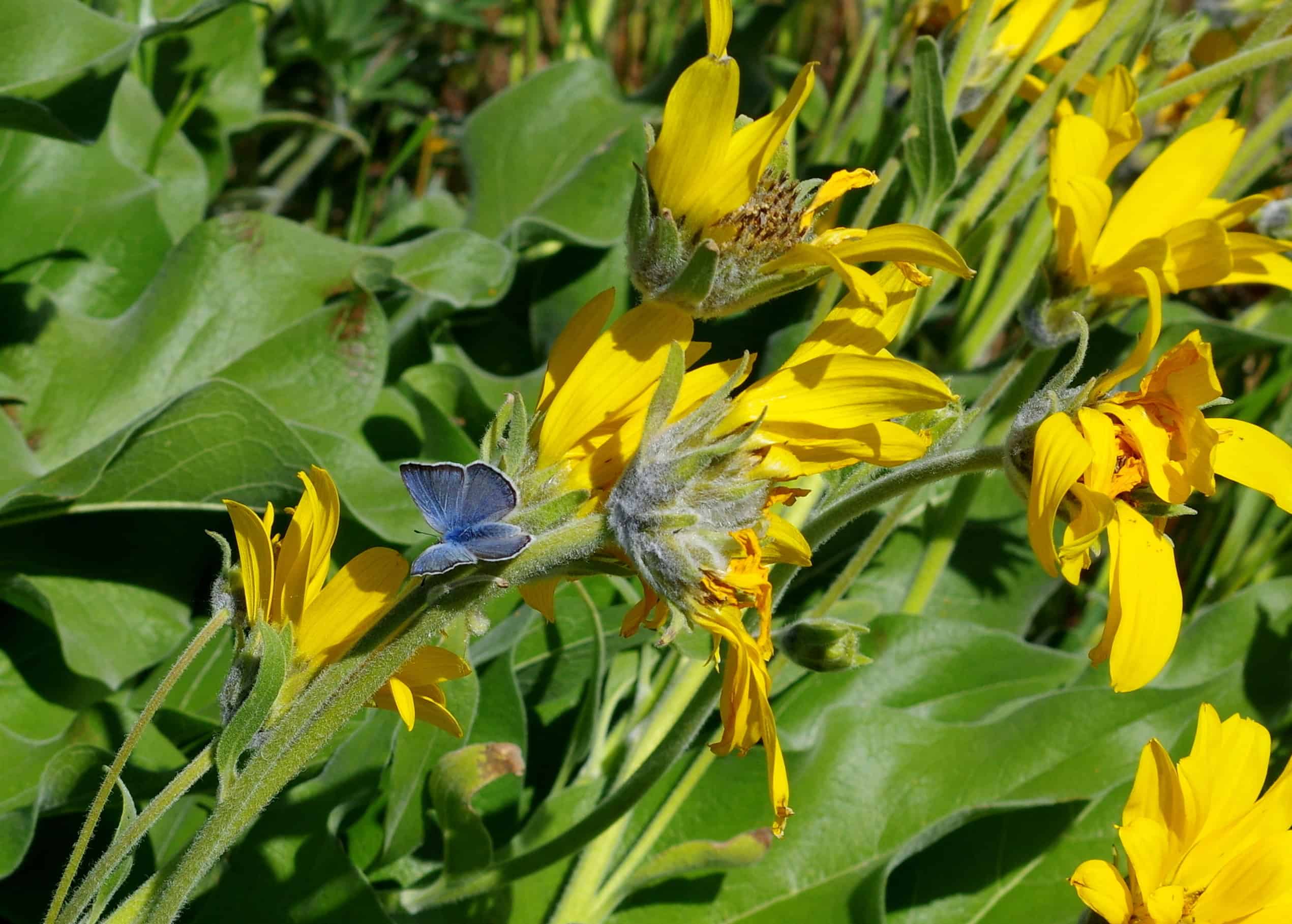
Fender’s Blue Butterfly is another small, blue-winged butterfly. This species was on the brink of extinction. It depends on Kincaid’s lupine for reproduction. Habitat fragmentation severely impacted its numbers. Restoration focused on reconnecting fragmented habitats and planting lupine. Researchers conducted detailed studies to understand its needs. Public lands were managed to support this butterfly. Community efforts included planting native species. These actions helped increase Fender’s Blue Butterfly populations.
Dakota Skipper
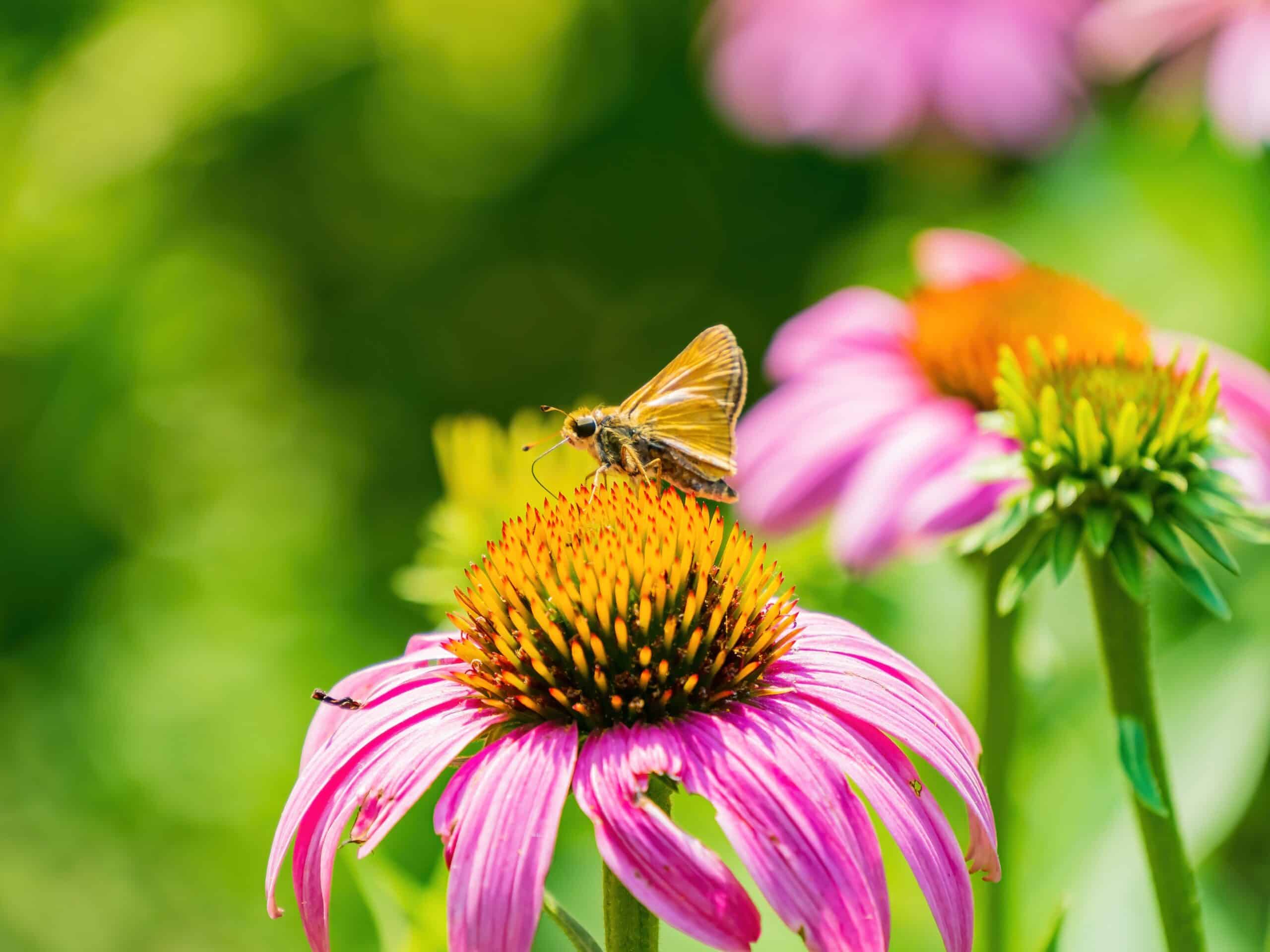
The Dakota Skipper is a small, tawny-orange butterfly. It inhabits native prairies in North America. Agricultural expansion greatly reduced its habitat. Restoration projects worked to preserve and restore prairie landscapes. These efforts included planting native grasses and flowers. Local communities played a crucial role. They participated in prairie restoration and monitoring. Educational programs raised awareness about the Skipper’s plight. As a result, some populations have shown signs of recovery.
Bay Checkerspot Butterfly
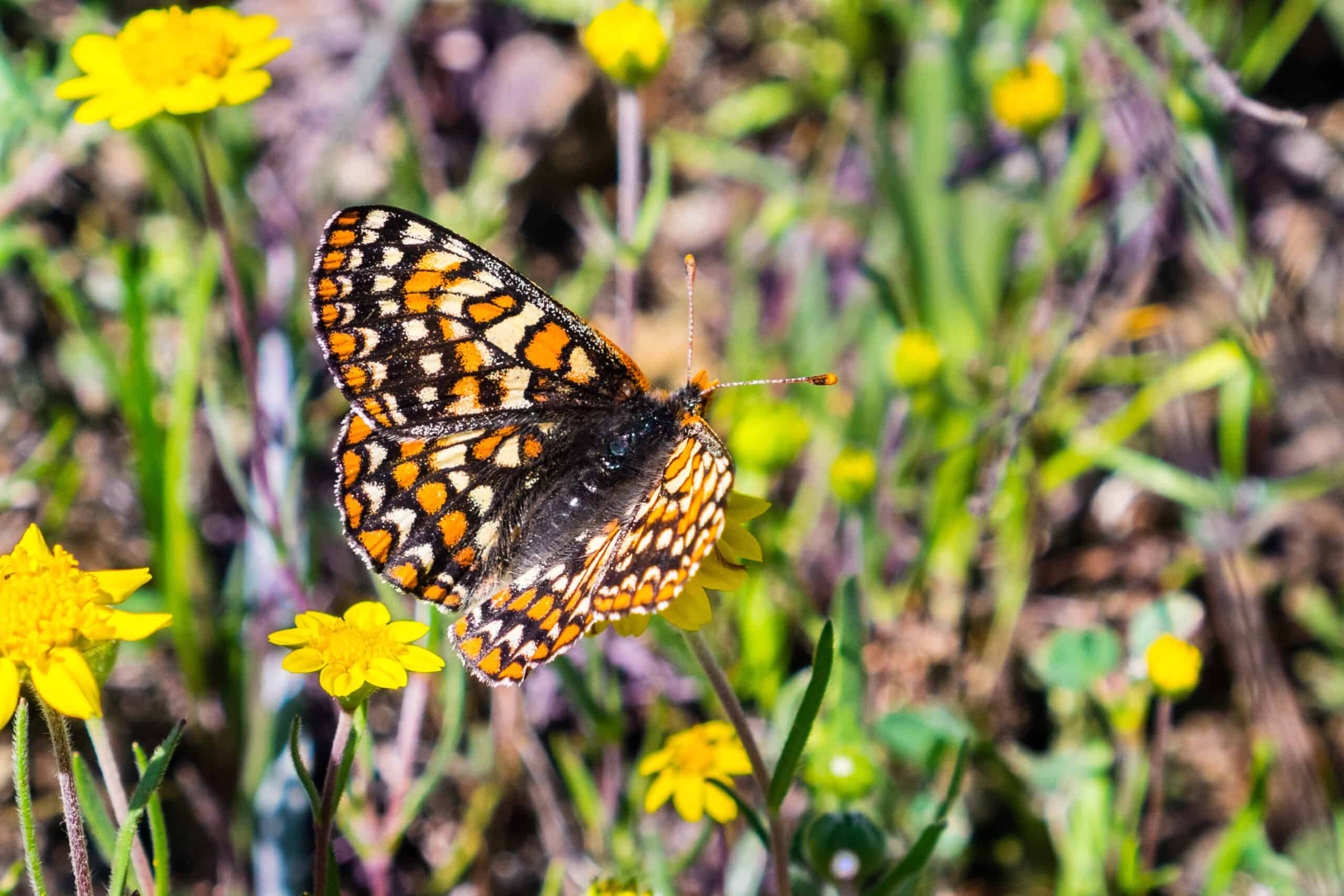
The Bay Checkerspot Butterfly has distinct red, black, and white patterns. It relies on native plants for its life cycle. Urban development in California led to its decline. Restoration projects focused on conserving serpentine grasslands. These grasslands are essential for the butterfly’s survival. Efforts included removing invasive species and planting native flora. Conservationists worked with local authorities to protect habitats. Public involvement was encouraged through educational programs. These actions helped stabilize Bay Checkerspot populations.
Lange’s Metalmark Butterfly
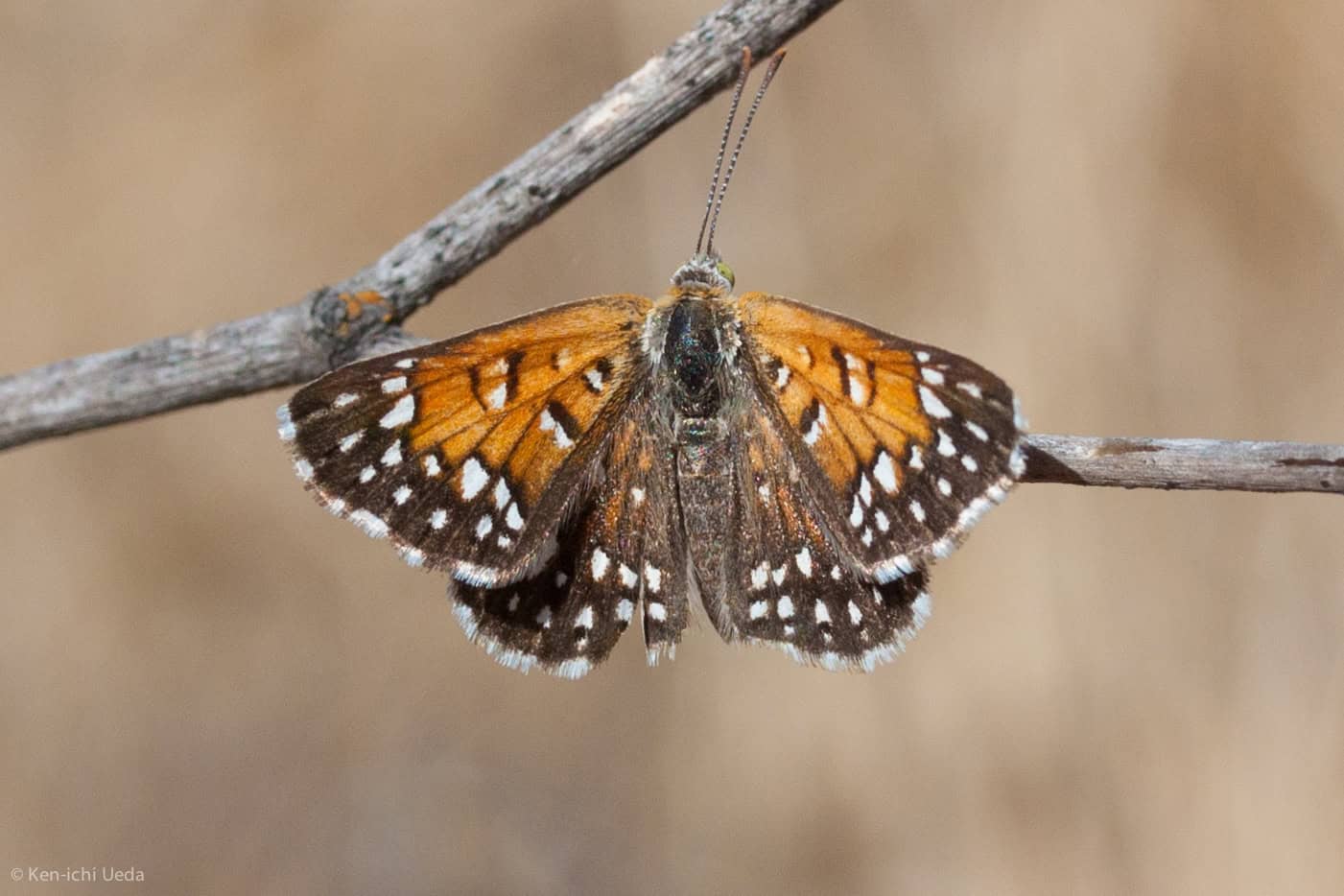
Lange’s Metalmark Butterfly has striking orange and black wings. It inhabits the Antioch Dunes in California. Industrial development severely impacted its habitat. Restoration focused on removing invasive plants and replanting buckwheat, crucial for its lifecycle. Volunteers played a significant role in habitat restoration. Educational programs raised awareness about the butterfly’s needs. Regular monitoring helped track population changes. These efforts have shown positive results. Lange’s Metalmark Butterfly’s recovery is ongoing but promising.
Oregon Silverspot Butterfly
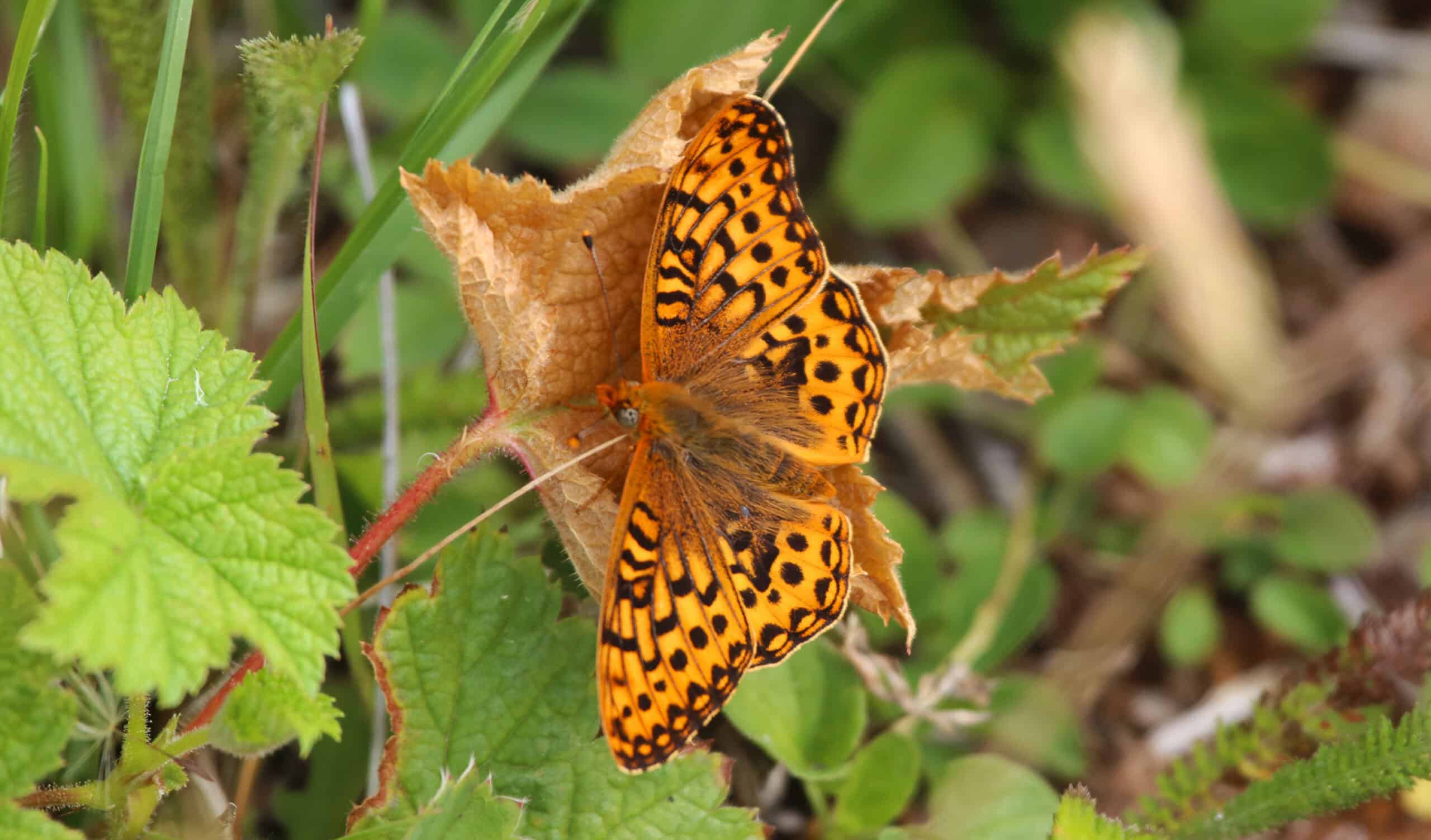
The Oregon Silverspot Butterfly is known for its shimmering silver spots. It inhabits coastal grasslands. Habitat loss due to development threatened its survival. Restoration focused on planting early blue violets, essential for larvae. These efforts provided necessary breeding grounds. Over time, the Oregon Silverspot Butterfly populations increased. Their recovery shows the importance of targeted conservation.
Poweshiek Skipperling
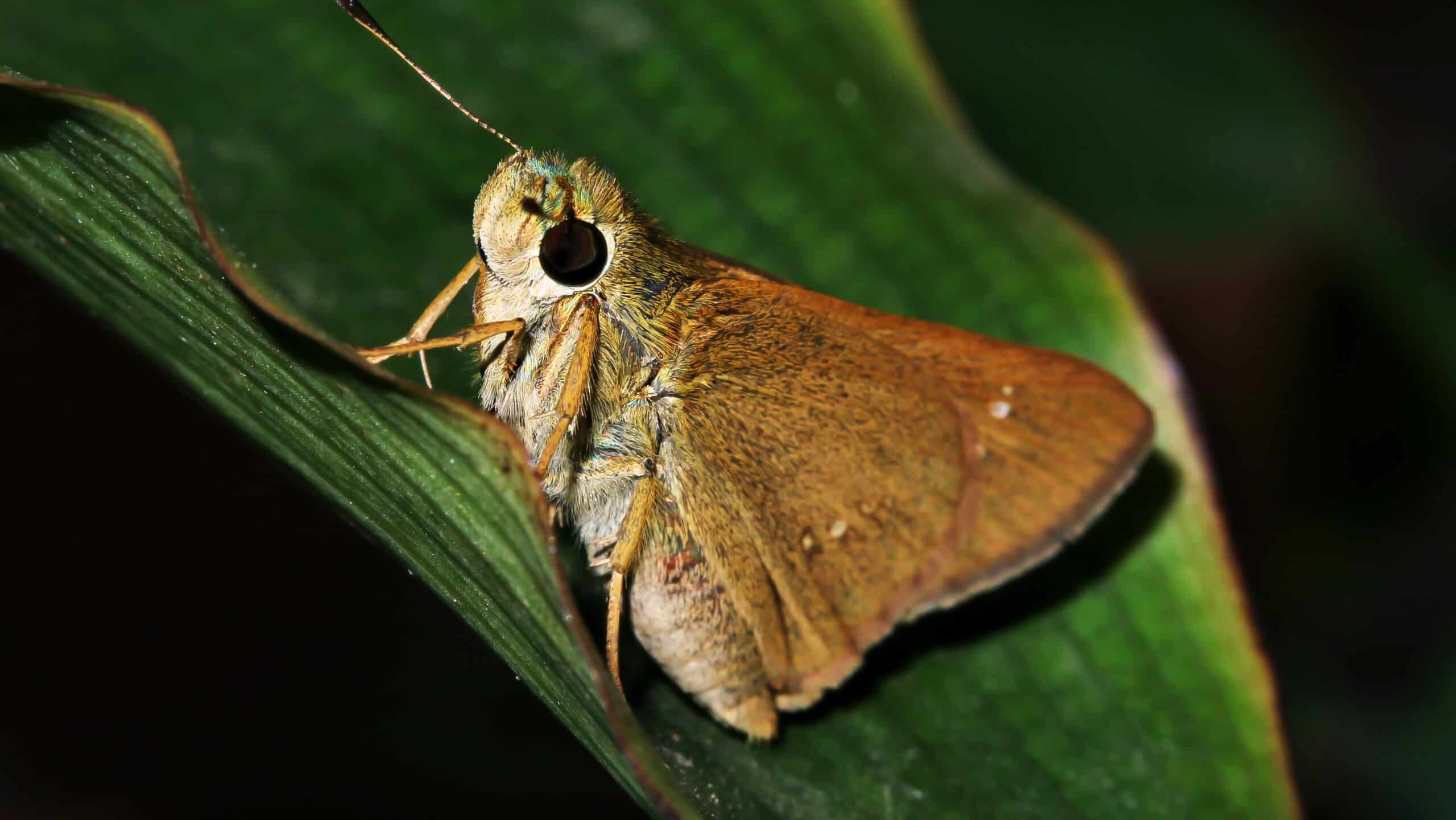
The Poweshiek Skipperling is a small, brownish butterfly. It relies on native prairies for its lifecycle. Agricultural expansion greatly reduced its habitat. Restoration projects aimed to preserve and restore prairie landscapes. These efforts included planting native grasses and flowers. Volunteers played a significant role in these projects. Educational programs raised community awareness. Public involvement helped track population changes.
Mitchell’s Satyr Butterfly
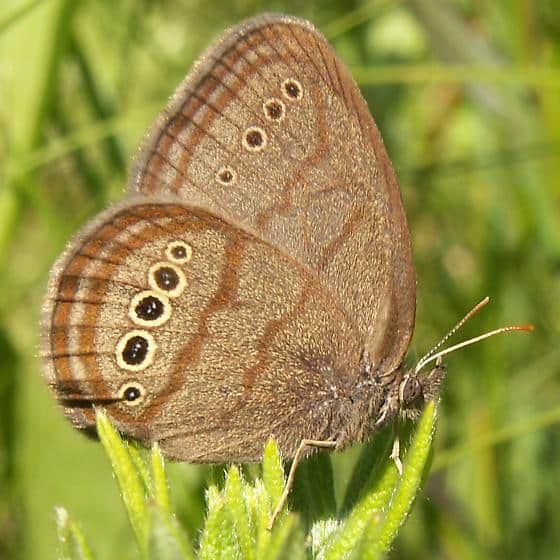
Mitchell’s Satyr Butterfly is small with distinctive dark spots. It inhabits wetlands in the Midwest. Habitat destruction and drainage led to its decline. Restoration focused on protecting and restoring wetland areas. This provided essential breeding and feeding grounds. Scientists conducted studies to understand its needs. Public lands were managed to support this butterfly. Community efforts included habitat restoration. These actions helped increase Mitchell’s Satyr Butterfly populations.
Salt Creek Tiger Beetle

The Salt Creek Tiger Beetle is a small, metallic-green beetle. It inhabits saline wetlands in Nebraska. Urban development and agriculture threatened its survival. Restoration focused on protecting and restoring saline wetlands. These efforts aimed to recreate its natural habitat. Conservationists worked with local authorities. Public awareness campaigns engaged the community. Educational programs emphasized the beetle’s importance.
American Burying Beetle
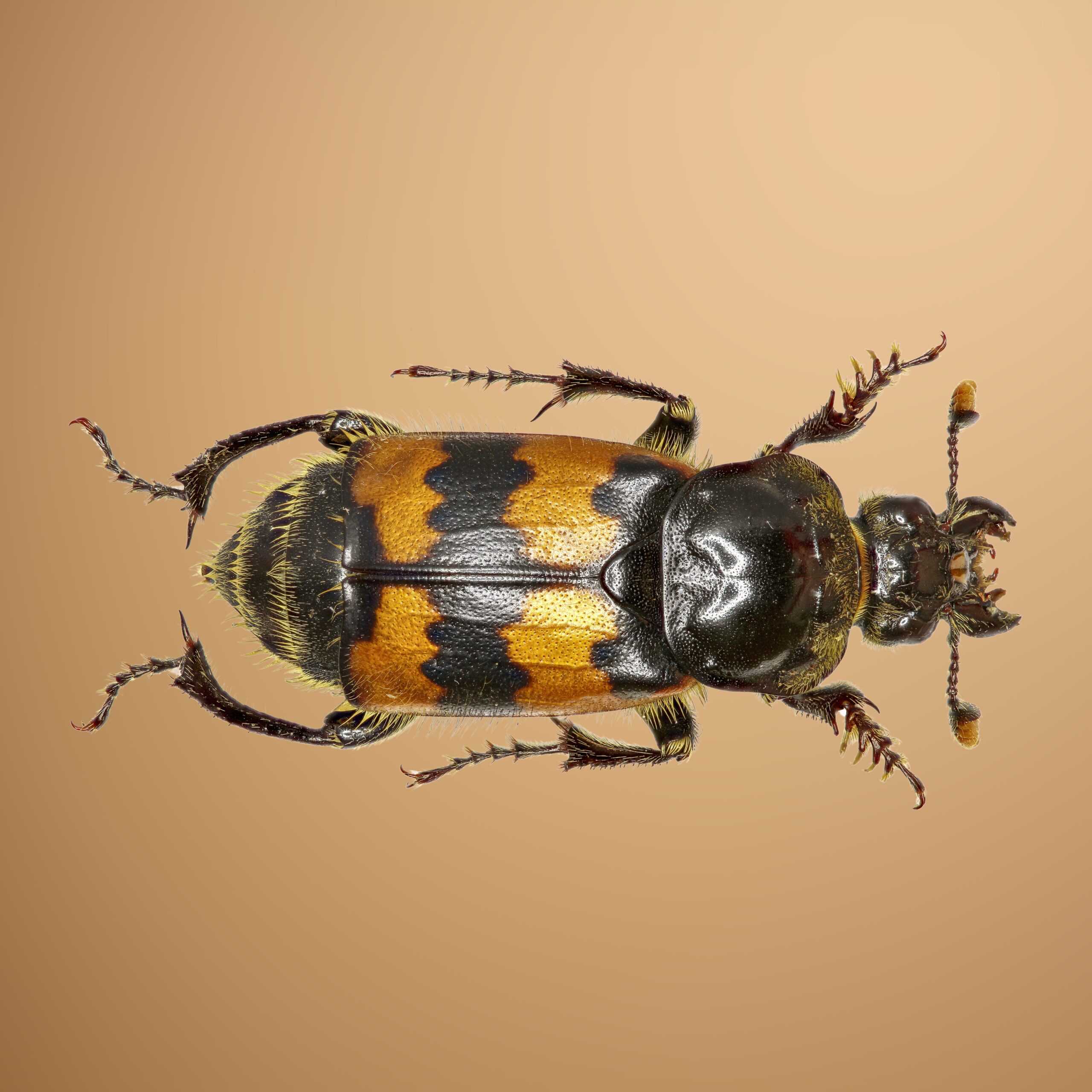
The American Burying Beetle is a large, black and orange beetle. It plays a crucial role in decomposing animal carcasses. Habitat loss and pesticide use drastically reduced its numbers. Restoration focused on creating safe habitats and reducing pesticide use. Efforts included reintroducing beetles to suitable areas. Conservationists collaborated with farmers. Public involvement included habitat protection initiatives. Educational programs raised awareness. These combined efforts helped the American Burying Beetle population recover.
Hine’s Emerald Dragonfly
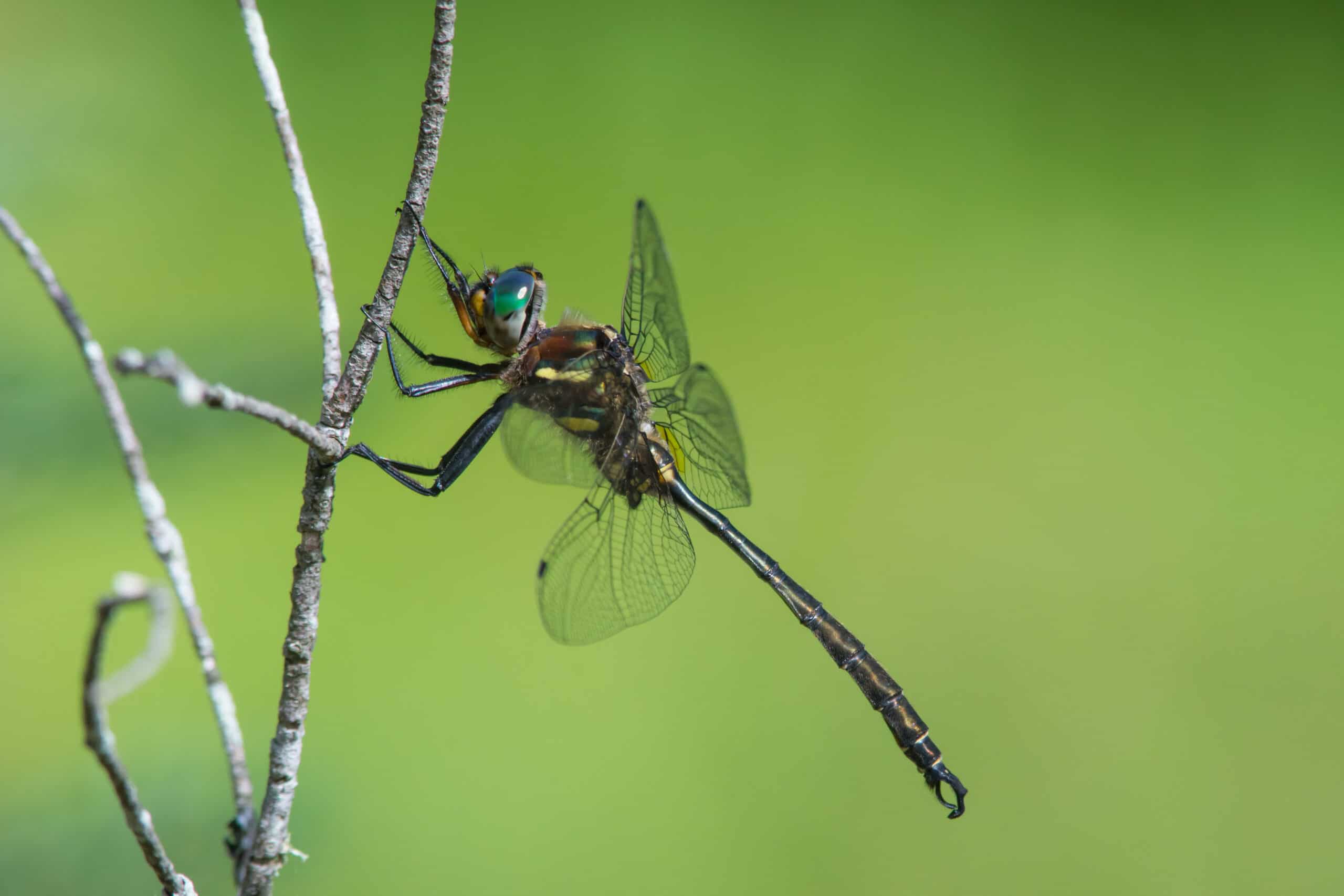
Hine’s Emerald Dragonfly is known for its bright green eyes. It inhabits spring-fed wetlands. Habitat destruction led to its decline. Restoration efforts focused on protecting and restoring these wetlands. Efforts included replanting native vegetation. Scientists monitored dragonfly populations closely. Community involvement was essential. Public awareness campaigns highlighted the dragonfly’s plight. These actions helped stabilize Hine’s Emerald Dragonfly populations. Their recovery shows the importance of wetland ecosystems.
Delta Green Ground Beetle
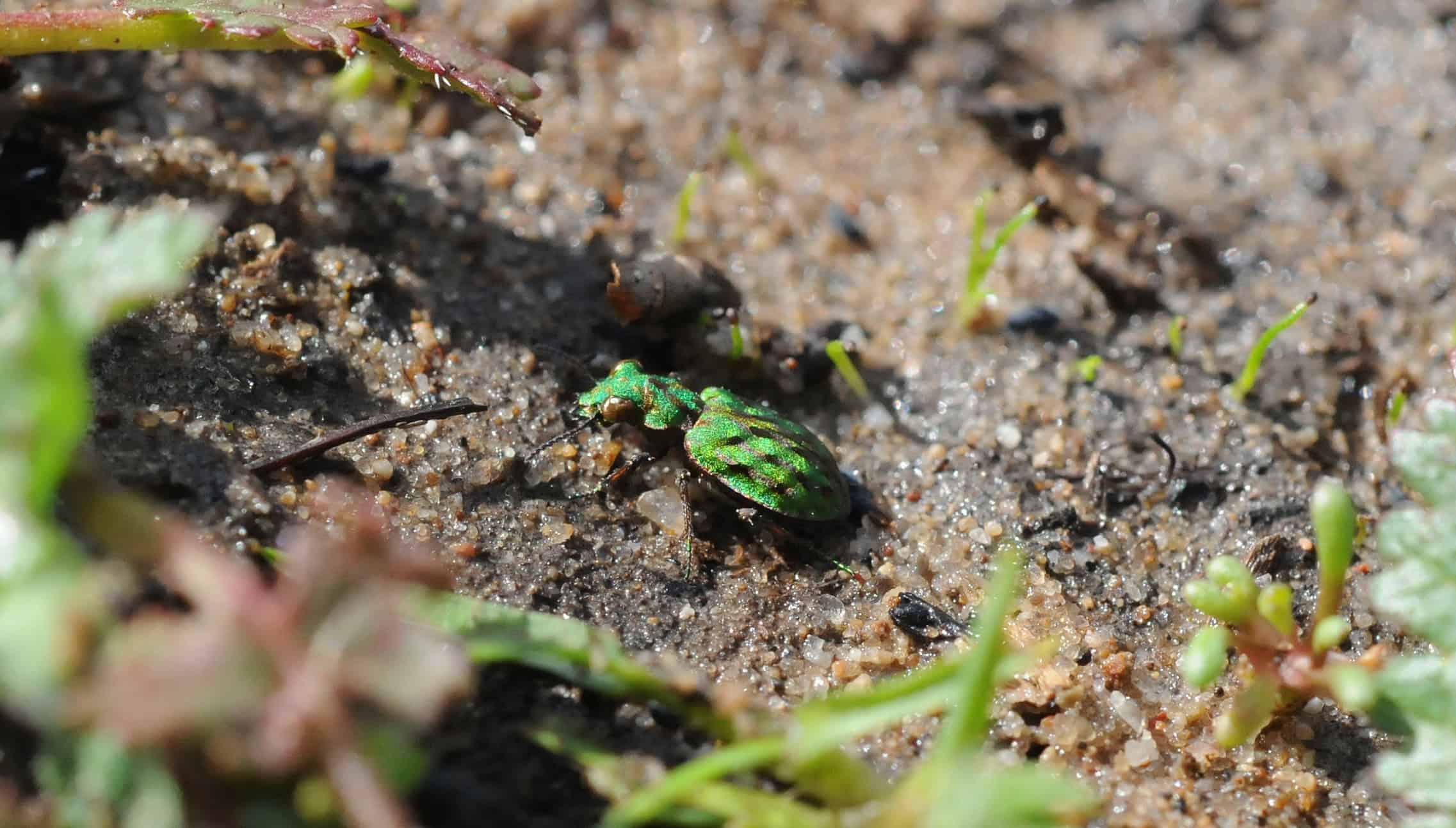
The Delta Green Ground Beetle is a small, iridescent beetle. It lives in vernal pools in California. Urban development and agriculture threatened its habitat. Restoration focused on protecting and restoring vernal pools. These efforts aimed to recreate its natural environment. Conservationists worked with local communities. Public involvement included habitat restoration activities. Educational programs raised awareness. Over time, Delta Green Ground Beetle populations increased.
Valley Elderberry Longhorn Beetle
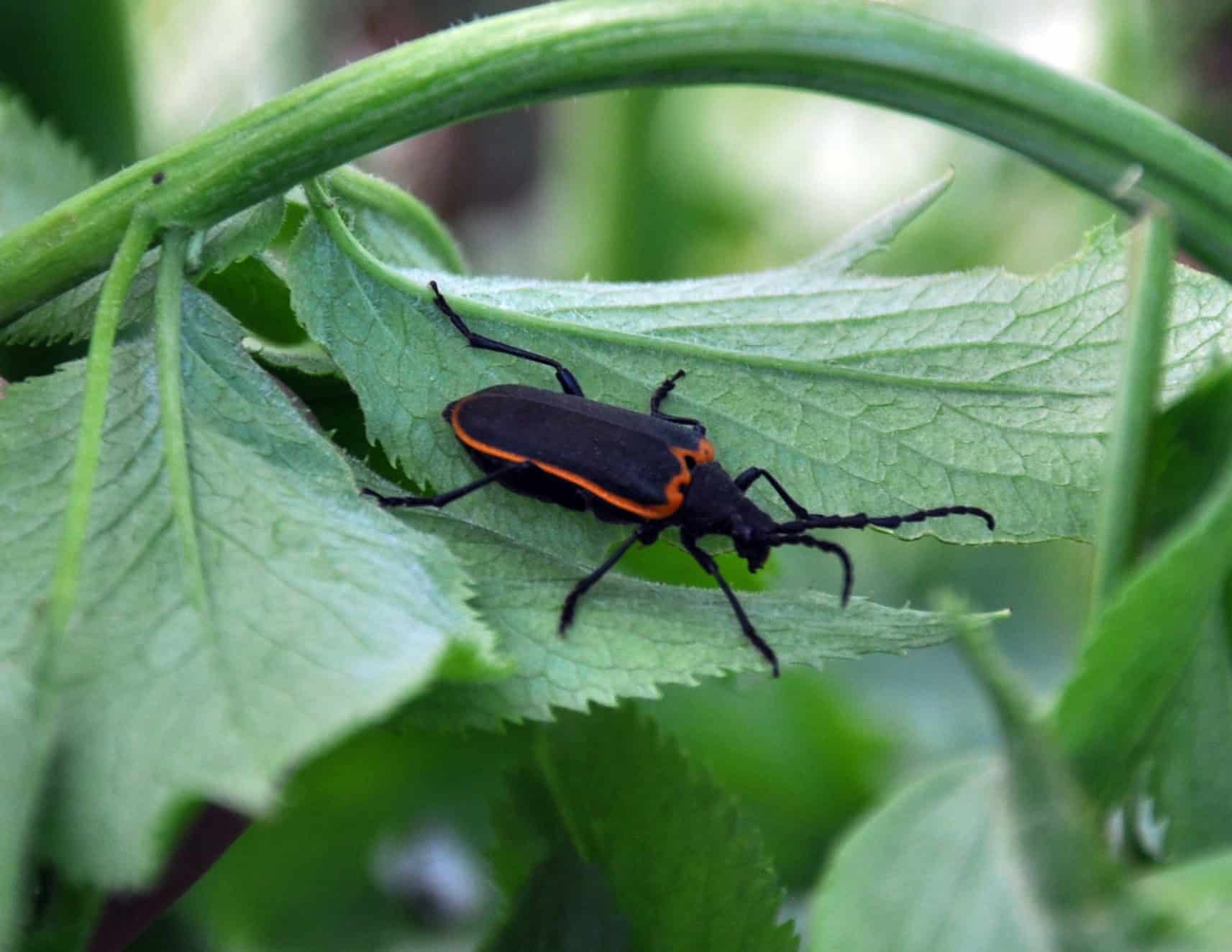
The Valley Elderberry Longhorn Beetle has distinctive long antennae. It relies on elderberry plants for its lifecycle. Habitat loss due to agriculture and development led to its decline. Restoration efforts focused on planting elderberry bushes. These efforts provided essential breeding grounds. Scientists studied the beetle’s needs. Public lands were managed to support this species. Community involvement was crucial. Over time, Valley Elderberry Longhorn Beetle populations showed improvement.
Hungerford’s Crawling Water Beetle
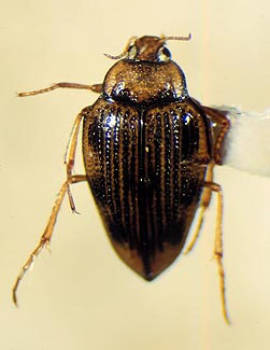
Hungerford’s Crawling Water Beetle is a small, aquatic beetle. It inhabits clean, fast-flowing streams. Habitat destruction and pollution severely impacted its numbers. Restoration focused on protecting and restoring stream habitats. Efforts included improving water quality. Researchers conducted detailed studies to understand its needs. Public involvement was essential. Community members participated in stream restoration activities. Their story highlights the value of clean water ecosystems.
Northeastern Beach Tiger Beetle
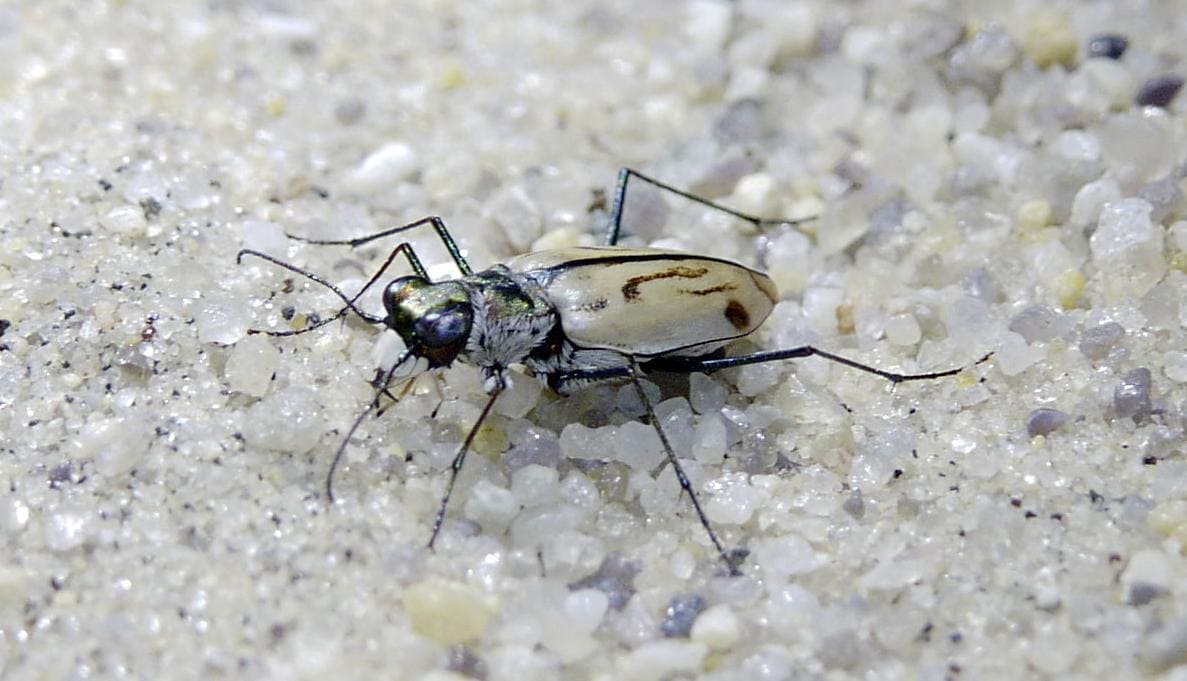
The Northeastern Beach Tiger Beetle is a small, predatory beetle. It lives on sandy beaches along the Atlantic coast. Habitat loss due to development threatened its survival. Restoration focused on protecting and restoring beach habitats. Efforts included reducing human disturbance. Conservationists worked with local authorities. Public awareness campaigns engaged the community. Educational programs emphasized the beetle’s importance. Over time, these efforts showed positive results. The Northeastern Beach Tiger Beetle’s story is a success in coastal conservation.
This article originally appeared on Rarest.org.
More from Rarest.org
1970 Lincoln Penny Value Guide

One of the greatest appeals of coins and coin collecting is the fact that coins can represent a snapshot of the historical events that happened in the year the coin was minted. Read More.
1953 Washington Quarter Value Guide

The 1953 quarter is part of the Washington quarter that was issued by the US Mint in 1953. With more than 70 years of age, the 1953 quarter is no doubt a coin to collect. Read More.
1964 Washington Quarter Value Guide

The 1964 Quarter is special because it was the last year that the US mint minted quarters in a silver/copper composition, switching to a much more affordable and plentiful copper composition from 1965 onwards. Read More.
